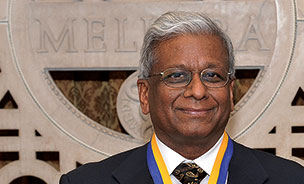
Inaugural Optics Professorship Recipient Named
Professor Govind Agrawal, a world leader in optical communications, is the first recipient of the Dr. James C. Wyant Professorship in Optics.
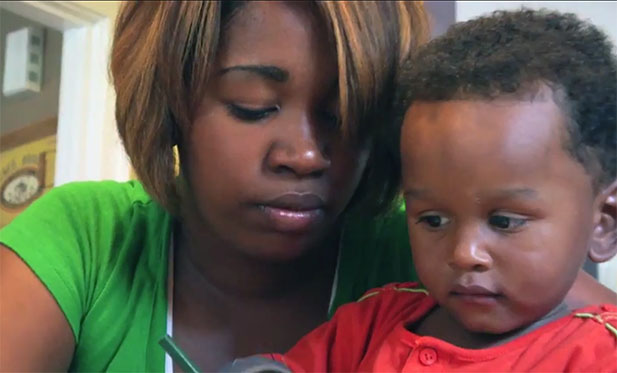
Depression Therapy Effective for Poor, Minority Moms
The study tested the effectiveness of interpersonal psychotherapy, a short-term depression treatment that has worked with more advantaged populations. The comparison was clear: home-based, interpersonal psychotherapy lifted depression much more effectively than standard care.
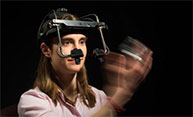
‘Seeing’ in the Dark
The eerie ability to see our hand in the dark suggests that the brain combines information from different senses to create perceptions.

First Results from Dark Matter Detector Announced
A mile underground in the Black Hills of South Dakota, a new experiment named LUX has proven itself the most sensitive dark matter detector in the world.

Super-thin membranes portend tiny pumps
A super-thin silicon membrane could pave the way for diagnostic devices the size of a credit card.

Rochester commits $100M to data science
The commitment includes creation of an Institute for Data Science, construction of a state-of-the-art building to house it, and as many as 20 new faculty members.
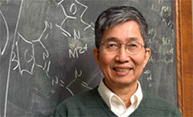
Ching Tang Honored as Pioneer of Organic Electronics
The a professor of chemical engineering is being honored on two continents within the next week for his pioneering work on organic light-emitting diodes (OLEDs).
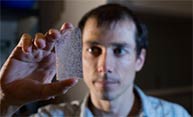
Paleoclimatologist Wins Packard Fellowship
Vasilii Petrenko is one of 16 researchers being awarded a prestigious David and Lucile Packard Foundation Fellowship totaling $875,000 over five years to spend on a research project of his or her choice.
Rochester Big Data Forum 2013
The second Big Data Forum will bring together leading experts in big data analytics and its applications all day, starting at 8:30 a.m., Friday, Oct. 18.

Master’s students receive Iberdrola Scholarships
The Iberdrola scholarship program supports graduate studies in renewable energy, environmental protection, climate change and energy efficiency.
